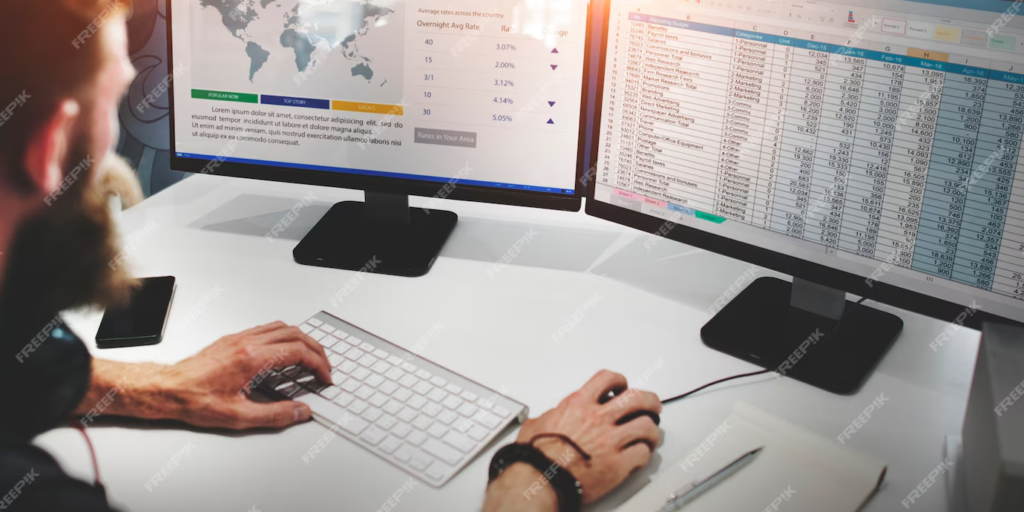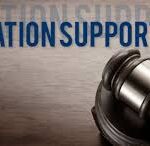Becoming a sole trader is one of the simplest and most popular ways to start a business in the UK. It gives you the freedom to be your own boss with minimal setup costs and fewer regulatory requirements than a limited company. However, before you start trading, you must register as a sole trader to ensure you meet your tax obligations.
This guide walks you through the HMRC sole trader registration process step by step.
1. What is a Sole Trader?
A sole trader is a self-employed individual who runs a business as an individual, rather than as a separate legal entity like a limited company. You get to keep all profits after tax, but you are also personally responsible for any business debts.
If you’re selling goods or services and earning more than £1,000 in a tax year, HMRC requires you to register for Self Assessment and declare your earnings.
As a sole trader you do not need to register your business with Companies House.
2. When to Register as a Sole Trader
You must register with HMRC by 5th October following the end of the tax year in which you started trading. Missing this deadline could result in penalties.
For example, if you started your business in June 2024, you must register by 5th October 2025.

3. How to Register as a Sole Trader with HMRC
Step 1: Gather Your Information
Before registering, make sure you have the following details ready:
- Full name
- Date of birth
- National Insurance (NI) number
- Business name (optional – you can trade under your own name)
- Business address and contact details
- Description of your business activities
Step 2: Register for Self Assessment Online
You can register as a sole trader online via the GOV.UK website. Here’s how:
- Visit the GOV.UK Self Assessment registration page.
- Select “Register if you’re self-employed” and follow the prompts.
- Create a Government Gateway account (if you don’t already have one).
- Complete the online registration form, providing your business and personal details.
📌 Tip: If you’ve previously filed a Self Assessment tax return, you may already have a Unique Taxpayer Reference (UTR) and a Government Gateway account. You’ll need these to log in.
www.TheCompanyWarehouse.co.uk can advise and guide you with Sole Trader Registration, taking the stress out of the process.
Step 3: Receive Your UTR Number
Once registered, HMRC will send you a Unique Taxpayer Reference (UTR) number within 10 working days (or 21 days if you’re overseas). This number is essential for managing your tax affairs.
Step 4: Activate Your Online HMRC Account
Once you receive your UTR, you’ll also receive an activation code for your HMRC online account. Log in to your Government Gateway account, enter the code, and complete your setup.

4. After Registration – What’s Next?
Once you’re registered as a sole trader, there are a few more steps to ensure you remain compliant:
1. Keep Accurate Financial Records
You must keep detailed records of your income and expenses to complete your tax return accurately. These records should include invoices, receipts, and bank statements.
2. File Your Self Assessment Tax Return
As a sole trader, you must submit a Self Assessment tax return each year, declaring your business income and expenses. The deadlines are:
- Paper tax return: 31st October following the tax year
- Online tax return: 31st January following the tax year
📌 Example: For the tax year 2024/25, the online submission deadline is 31st January 2026.
3. Pay Income Tax and National Insurance
You’ll need to pay:
- Income Tax on profits above your Personal Allowance (£12,570 for 2024/25)
- Class 2 National Insurance Contributions (£3.45 per week) if your profits exceed £12,570
- Class 4 National Insurance Contributions (9% on profits between £12,571 and £50,270; 2% on profits above £50,270)

4. Consider VAT Registration
If your turnover exceeds £90,000 (as of 2024), you must register for VAT. If your turnover is lower, you may still register voluntarily to reclaim VAT on business expenses.
5. What If You Need to Change or Cancel Your Registration?
- If your business circumstances change (e.g., you stop trading), you must inform HMRC.
- You can deregister as a sole trader online through your Government Gateway account or by contacting HMRC directly.
Final Thoughts
Registering as a sole trader with HMRC is a straightforward process, but it’s important to do it correctly and on time. Once registered, keeping on top of your financial records, tax returns, and payments will ensure you stay compliant and avoid unnecessary penalties.
Need help with sole trader registration or business setup? Our team is here to guide you through the process smoothly. Get in touch today and let’s get your business up and running!
SPONSORED POST
This article has been contributed by www.TheCompanyWarehouse.co.uk and www.linkedin.com/in/company-formation-agent, experts dedicated to helping UK entrepreneurs navigate the journey of starting their own businesses






